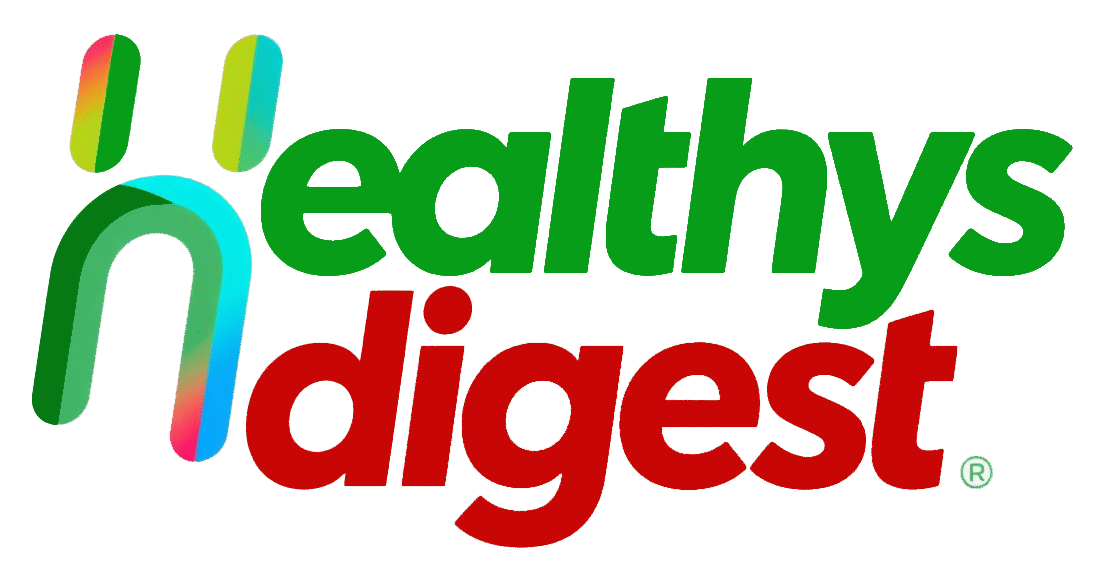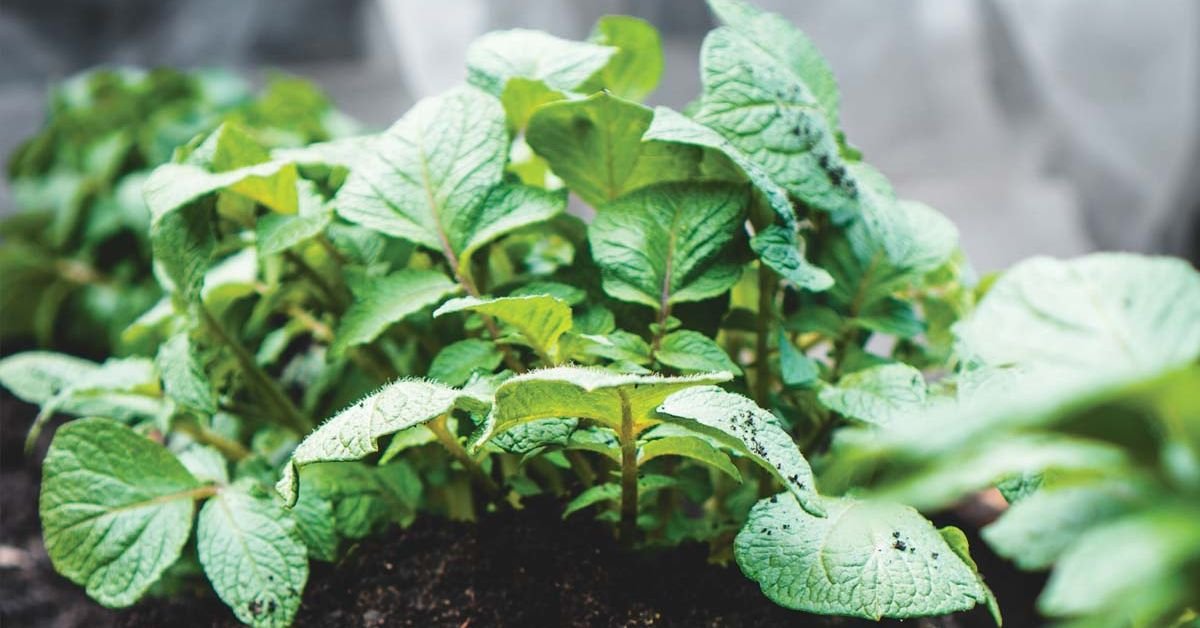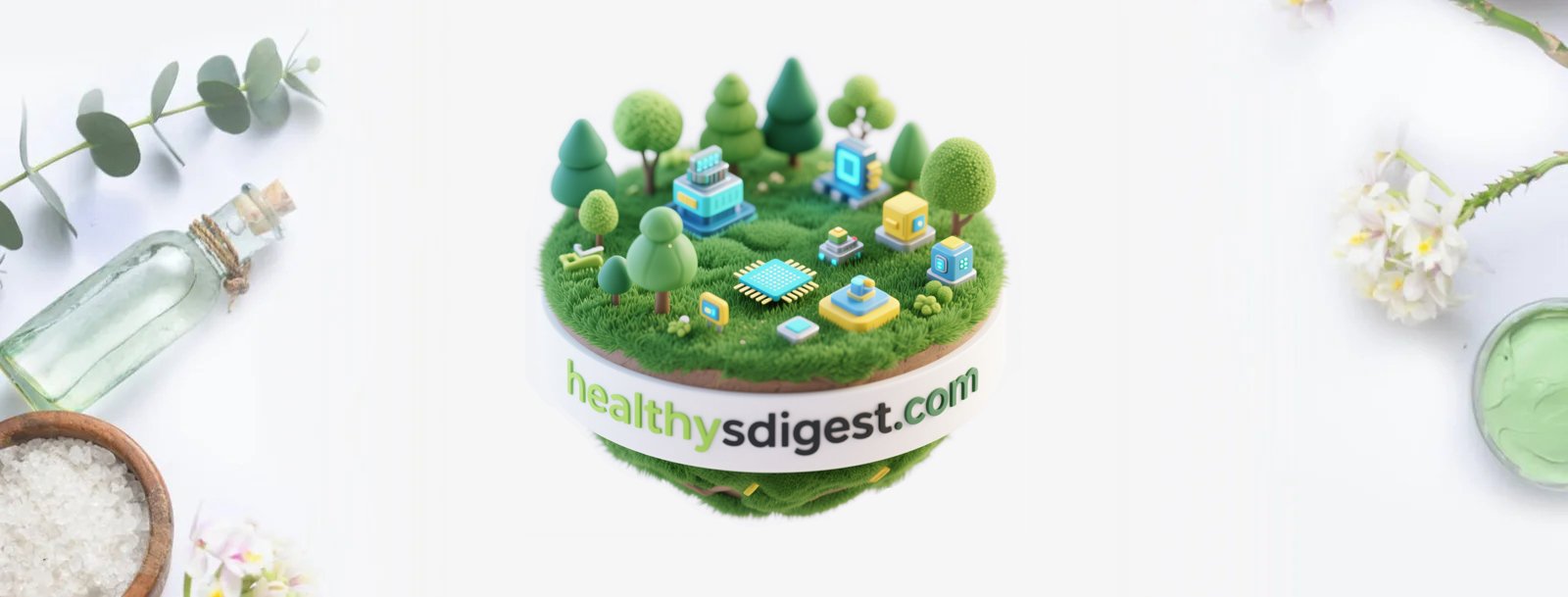What comes to mind when you think of “certified organic”? Perhaps you envision food that is free from harmful pesticides, hormones, and genetically modified organisms (GMOs). Maybe you picture a lush, thriving farm cared for by a grower committed to ecological sustainability.
According to the US Department of Agriculture, organic agriculture encompasses “practices that support the cycling of on-farm resources, promote ecological balance, and conserve biodiversity. This includes efforts to maintain or enhance soil and water quality and conserve wetlands, woodlands, and wildlife.”
However, this definition raises questions about hydroponic farms that operate without soil and sunlight, growing plants solely in nutrient solutions. Such methods, although permitted under current USDA organic certification, have sparked debate among small organic farmers nationwide. These farmers have dedicated years to building a trusted movement, label, and customer base based on land stewardship principles.
What about Canada?
Under Canadian Organic Standards, soil-less growing is not permitted, meaning that hydroponic products from the US cannot carry the organic label here. Conversely, Canadian hydroponic growers can sell their produce to the US, allowing them to obtain organic certification.
You might wonder why this controversy exists at all. Hydroponic tomatoes or strawberries aren’t loaded with chemicals like their conventionally grown counterparts—doesn’t that fulfill the essence of organic?
Not according to the movement’s founders. They argue that organic farming is about more than just replacing harmful inputs with natural ones; it’s a holistic approach emphasizing the interconnectedness of land, soil, and overall health.
The Importance of Soil
Hydroponic systems can enhance efficiency and yield by removing plants from the land, but it’s important to recognize what we sacrifice in this process. We lose the ancient symbiosis between soil, insects, microbes, fungi, sunlight, and plants—essentially, food grown within a healthy ecological cycle.
Jean-Martin Fortier, an organic farmer and educator from Quebec, serves on the advisory board of the Real Organic Project. He believes that hydroponics perpetuates a flawed agricultural model.
“By bypassing soil, whether in conventional farming with synthetic fertilizers or in hydroponics, we cut off essential fertility sources,” says Fortier. “And that’s truly what enables fertility to flourish.”
The impact of soil on health may be more extensive than we realize, as we are only beginning to explore its role in developing a strong immune system and delivering nutrients to plants through the soil food web. What happens if we deem it expendable?
The Appeal of Organic
With consumer demand for organic products soaring, it’s no surprise the hydroponics industry seeks to claim the organic label. However, the significant start-up costs associated with indoor growing technologies often put small growers at a disadvantage, favoring larger operations that can benefit from economies of scale.
This puts small farmers in a tough position, as they struggle to compete on price against hydroponic producers, especially when the organic label fails to highlight their distinctive growing methods, leaving buyers unaware.
The Value of Local Knowledge
Replacing farmers who have an intimate understanding of their local ecosystems with artificial intelligence, robots, and lab technicians diminishes our connection to the land and the invaluable knowledge it provides.
What does our resilience look like if our food production system relies on a continuous supply of electricity, externally sourced nutrients, and seeds that have never known outdoor conditions?
Small organic farmers contend that it’s insufficient for food to be merely chemical-free or nutritionally comparable. For Fortier, organic farming is “about how we choose to live, what we value, and what truly matters. That’s what it’s all about.”
The Rise of Regenerative Practices
Meanwhile, the term “regenerative” is gaining traction among both growers and consumers. This form of agriculture shares many principles with organic farming while incorporating traditional ecological knowledge and contemporary scientific insights.
Regenerative practices constitute a holistic approach that enhances land health and productivity over time—an opposite paradigm to conventional agriculture. These strategies, which can include diverse cover cropping and livestock integration, collectively work to store and sequester carbon in the soil, which is increasingly vital in our climate-challenged era.
Estimates suggest that soil managed through regenerative methods could sequester a significant portion of global CO2 emissions, with the Rodale Institute estimating that this could reach as high as 100 percent.
This transformation could convert agriculture, responsible for one-third of our greenhouse gas emissions, into a net carbon sink. Additionally, carbon-rich soils offer enhanced water and nutrient retention, further bolstering resilience to fires, droughts, and floods.
The Need for Thoughtful Choices
By regenerative standards, hydroponic farming doesn’t make the cut; while it may consume fewer land and water resources, it fails to foster biodiversity and enrich soil health.
Regenerative growers embrace land use without apology, recognizing that, when done correctly, their impact on that land can be a force for healing and renewal—and vital for carbon sequestration.
Building a food system that is equitable and sustainable for both people and the planet may involve some hydroponics. However, whether it’s soil-less, organic, or regenerative, it’s crucial for consumers to understand their choices and the future they are shaping as eaters. As Wendell Berry famously stated, “eating is an agricultural act.”
How to Make Informed Choices
New labels are emerging to clarify the practices behind various products. Here are a few to look for:
| Regenerative Organic Certified | Companies such as Nature’s Path, Dr. Bronner’s, and Patagonia are leading the way in this certification. |
| Real Organic Project | An additional label for certified organic producers committed to stricter standards. |
| Certified Regenerative by AGW | Regenerative, though not necessarily adhering to organic standards. |
Fortier suggests that “the best approach is to visit your local farmers’ market and connect with farmers directly.” Many produce growers operate organically and/or regeneratively without formal certification; asking questions is the best way to learn about their practices. Likewise, engage your produce manager about the sourcing of the fruits and vegetables they sell.
Explore Further
To delve deeper or actively support soil-focused initiatives, consider these resources:
- Regeneration Canada
- Keep the Soil in Organic (Facebook group)
- Regenerative Agriculture Foundation
- Young Agrarians
- Steward (gosteward.com)
- Elaine’s Soil Food Web School
A More Sustainable Demographic
In Canada, organic farms are more likely to be co-managed by men and women, and the operators tend to be younger than 55, compared to conventional farms.
This article was originally published in the April 2022 issue of alive.





